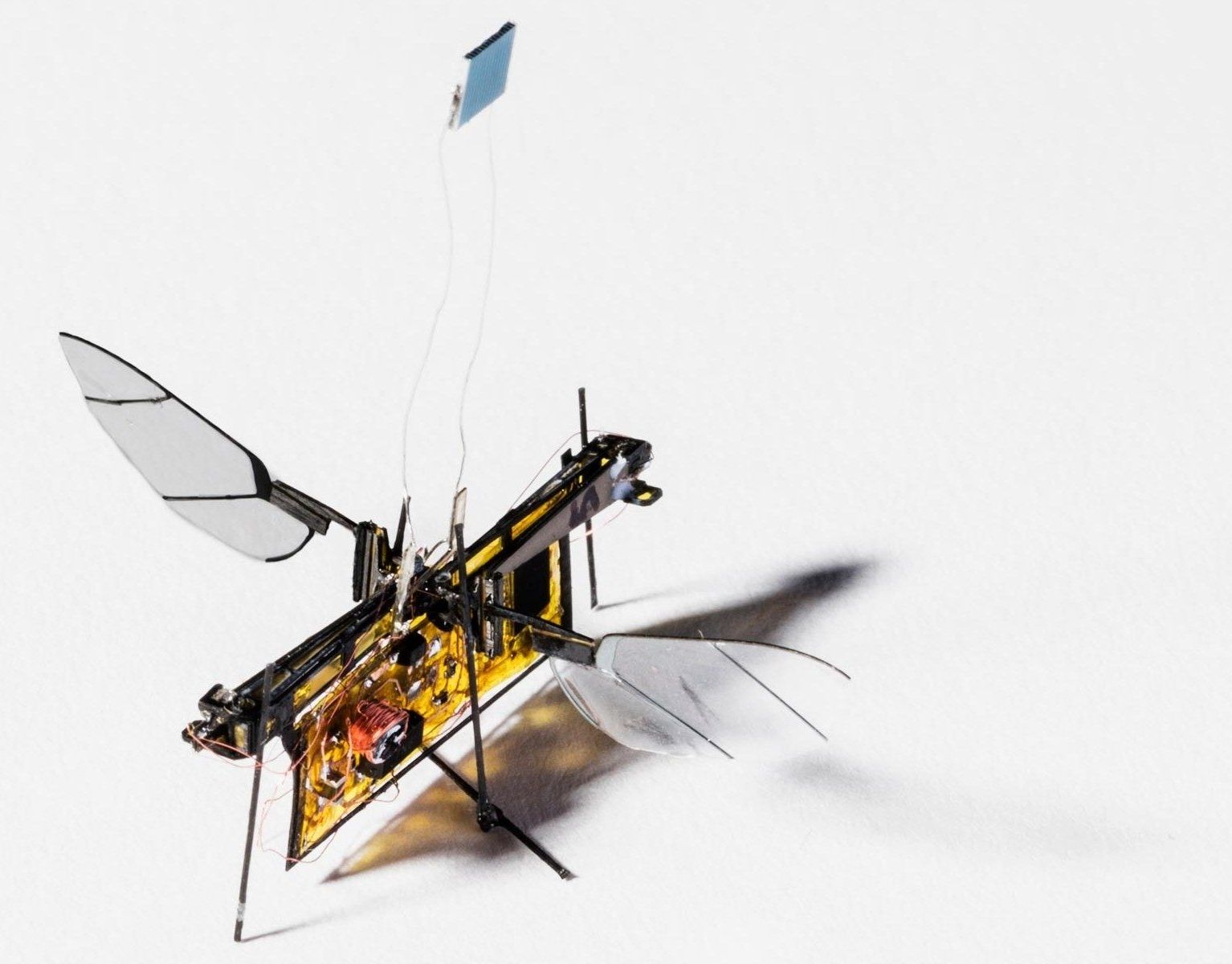Cancer cells, by definition, are abnormal cells that divide with abandon and have the potential to spread throughout and wreak havoc on your vital organs and tissues. But what if you could tell those same troublesome cells to stop misbehaving? Israeli scientists think they’ve found a way to do just that.
A group of researchers at Ben-Gurion University of the Negev, led by Professor Varda Shoshan-Barmatz, PhD, have developed a molecule that prevents cancer cells from growing and turns them into normal, non-cancerous cells. This unique approach is based on siRNA (small interfering ribonucleic acid), a molecule that turns off a protein, VDAC1, that helps get energy to malignant cells. By targeting VDAC1, Shoshan-Barmatz and her team have essentially figured out how to make cancer cells start acting like regular ones.
So far, in vitro and mice models have suggested that this treatment might be effective for lung cancer, triple negative breast cancer, and glioblastoma (the type of brain tumor that John McCain is currently battling). But the applications might be even broader, and similar treatments might be one day used to combat an even wider variety of cancers.








